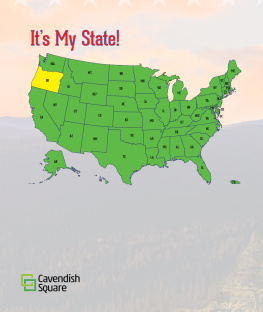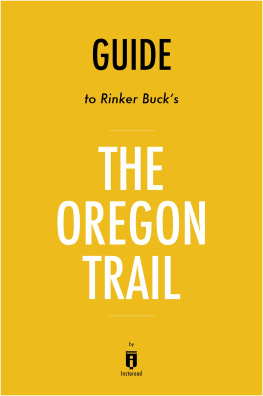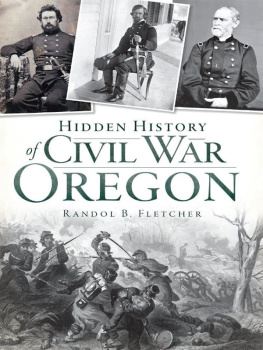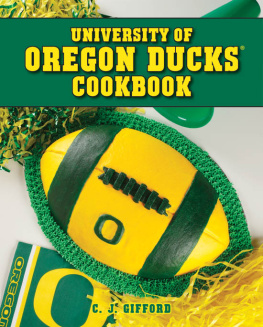B is for Beaver
An Oregon Alphabet
The Beaver State was considered the promised land for thousands of travelers at the end of the Oregon Trail and its so much morePacific Coast state, home to Mount Hood, and the beautifully colored Kiger mustangs.
Authors Marie and Roland Smith weave rhyming text with informative state facts taking readers through the alphabet beginning with Astoria, a fort built long ago, to a taste of marionberries and the state beverage, milk. Discover the City of Roses and the capital, Salem. Finish this wonderful journey at the 100-year-old Oregon Zoo.
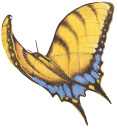
Illustrator Michael Roydons stunning illustrations make these delightful images available to all. Michael is a native Oregonian and has traveled to all the places illustrated in B is for Beaver: An Oregon Alphabet.
B is for Beaver
An Oregon Alphabet

Written by Marie and Roland Smith Illustrated by Michael Roydon

For Willingham Gillis Culpepper, the newest member of our family alphabet.
MARIE & ROLAND
To my sis Mish. Youre with me.
MIKE
A
Astoria is the oldest American settlement west of the Rockies. Originally, Astoria was a fur trading fort named after John Jacob Astor who paid to have the fort built in 1811. Fort Astoria depended on Native Americans and trappers to supply it with furs. The fort helped establish the United States claim to the Oregon territory when the United States and Great Britain disagreed over ownership. In 1846 a compromise called The Oregon Treaty gave America the land south of the 49th parallel and Britain the land north of the parallel. This line is the border between the United States and Canada.
The Corps of Discovery led by Captain Meriwether Lewis and Captain William Clark spent the winter of 1805-06 southeast of Astoria. They named their stockade Fort Clatsop after a Native American tribe in the area.
The Astoria bridge, over four miles long, is the worlds longest continuous truss bridge. It connects Oregon and Washington across the Columbia River.
A is for Astoria, a fort built long ago.
Trappers and Native Americans helped to make it grow.
B
The beaver is North Americas largest rodent and was adopted as our state animal in 1969. Baby beaver are called kits and grow up to 4 feet in length and weigh up to 65 pounds. Adapted to live in water, beavers have a paddle-shaped tail, webbed hind feet, valves that close their ears and nose, and an oil gland that waterproofs their fur. Nicknamed natures engineer, beavers build dams that help with water flow and control soil from washing away. Their dome-shaped homes built on the water are called lodges and are made out of branches, sticks, and mud. Inside the lodge is a room that keeps them warm and dry. Beavers are primarily nocturnal, which means they are most active at night.
Years ago hats made out of beaver fur were very fashionable. Oregon became the main source for these furs. Luckily, fashion changed and a law in the early 1900s was enacted to save the beaver from extinction.
B is for the Beaver State, Oregons other name.
Trapped to near extinction, the beaver still remains.

C
On July 4, 1909, the people of Pendleton held a celebration with bronco riding, races, greased pig catching, and fireworks. They had such a good time they decided to do it every year and the Pendleton Roundup was born with the slogan Leter Buck! The annual get-together was eventually moved to the middle of September when local farmers and ranchers had more time to participate. The Pendleton Roundup is now one of the top rodeos in the world.
C is also for Chinook salmon, our state fish. Salmon are an important part of Oregons history and economy. The first salmon cannery on the Columbia River was built in 1866. Chinook salmon are the largest species of salmon in Oregon. Mature fish range from two pounds to more than 70 pounds. Salmon hatch in freshwater then migrate to the ocean where they spend their adult lives. They return to where they were spawned to lay their eggs.
C is for Cowboys and also for Clowns.
The Pendleton Roundup brings them both to town.

D
The Douglas fir was named after botanist David Douglas who identified the tree in 1825. He was sent by the Royal Horticultural Society to find trees that would be useful for landscaping in England. The Douglas fir is found throughout Oregon and is one of the biggest trees in the world. Nearly half of our state is covered with trees and many of them are Douglas fir.
The Douglas fir grows very straight and is said to be harder than concrete. Its used to make telephone poles and railroad ties. Builders use it to frame houses, churches, and schools. The tree is also found in homes during the holidays. Oregon produces more Christmas trees than any other state and families find the Douglas fir a favorite to decorate.
The Rocky Mountain Douglas Fir National Champion is located in Deschutes National Forest near the Jefferson Lake Trail. This champion tree is 24 feet around and 114 feet tall.
D is for Douglas fir Oregons state tree.
Tall up to the sky it grows.
Tilt far back to see.

E
The thunder egg was adopted as our state rock in 1965. They are plain on the outside but inside have a variety of beautiful designs and vibrant colors. They are 20-40 million years old.
According to Native American legend, the rocks come from the Thunder Spirits who lived on the peaks of Mount Hood and Mount Jefferson. During thunder and lightning storms they fought and threw the massive eggs of the mythical thunderbird at each other. Millions of thunder eggs are scattered at the base of these mountains.
Our most famous rock is not a thunder egg but a meteorite. The Willamette Meteorite was discovered by farmer and miner Ellis Hughes in 1902. Scientists believe it originated in the asteroid belt between Mars and Jupiter before hitting the small community of Willamette 10 thousand years ago. The size of a small car, it weighs 30 thousand pounds and is the largest meteorite ever found in the United States.
E is for Egg, but not the kind you eat.
Oregons rock is the Thunder Egg, made by volcanic heat.

F
The John Day Fossil Beds National Monument was established in 1975. This 14,000-acre park is divided into three separate units: Sheep Rock, Clarno, and the Painted Hills. Over 40 million years of Oregon history can be seen in these rock formations. They are the richest fossil beds in North America. This area was once a semitropical forest and home to over a hundred different animal species including saber-toothed tigers, camels, sloths, and rhinoceros. The Clarno unit has fossils of over 300 plant species. The colorful streaks in the Painted Hills unit were created by volcanic ash erosion. The Sheep Rock unit has a museum featuring exhibits of fossils.



